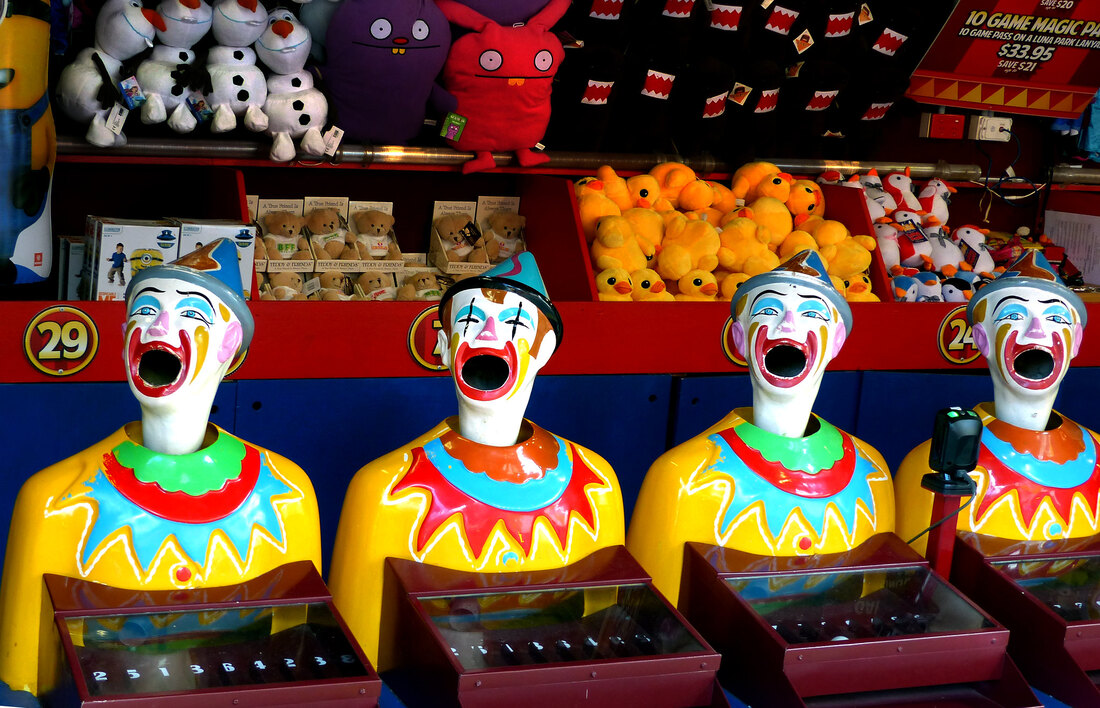|
SEARCH My Blog (Opens in new tab)
When Your Head Feels Disconnected From Your Foot Do These Two Exercises To Rebuild Your Balance19/5/2020 Felt that slight drift when you walk? Don’t let it get worseAs we age there are two creeping disabilities that have catastrophic consequences, yet can often be dramatically slowed with a little effort. The first one is the loss of balance, and the second is loss of the strength to get up off the floor. And, of course, the two are related. If you fall from poor balance and cannot get up off the floor, then you could be in dire trouble. If you suffer from no complicating factors, then here are two simple at-home exercises you can do to improve your balance, and your skeletal muscle strength. Understanding balanceLet's start with balance. The most common cause of dizziness in the elderly is benign paroxysmal positional vertigo (BPPV), accounting for 26% of all dizziness. This requires expert diagnosis and potentially physical therapy. However, a slight loss of balance can often be seen as people drift when they walk. Over 60 this drift is not uncommon - just slightly. Sometimes I get a surprise myself when a foot seems to drift a little off track to the right or left. Often we can drift while walking but not experience any symptoms of vertigo, such as dizziness while walking to the kitchen at home. This type of slight drift is something to which you should pay attention. If it continues to get worse it can lead to falls. Falls are a major problem among the elderly population; they are the leading cause of injury above the age of 65. Of those who fall in the U.S., 20 to 30% suffer moderate to severe injuries that reduce mobility and independence and increase the risk of death . Sixty percent of outdoor falls among older adults resulted from slips or trips Provided that there are no other complicating factors age-related degeneration in balance can be slowed. This is because the degeneration is the result of a decline in the stimulation of the vestibular subsystem - which maintains our overall balance and position. Our neck plays a key role in our balanceThe vestibular nerve and subsystem coordinates our neck, eye, trunk, and limb muscle reflexes and evolved to meet our very complex balance and positional demands. This is the subsystem of proprioception - the sensing of self-movement and body position sometimes described as the "sixth sense". Proprioception is enabled by proprioceptors - mechanosensory neurons located within muscles, tendons, and joints. Mechanosensory neurons, whose activity is controlled by mechanical force, underlie our senses of touch, hearing, and proprioception, yet despite their importance, the molecular basis of mechanotransduction remains poorly understood. For example, our ankles are full of proprioceptors - the joint, tendons, ligaments and muscles. We need to keep these ankle proprioceptors active and in good health to be able to maintain ankle stability. When we twist our ankle proprioceptors are damaged, often permanently. This damage is why the most accurate predictor of future rolled ankles is a previous rolled ankle. Think of our neck, and head movements - the cervical spine and the cervical muscles contain a highly developed proprioceptive system. This system provides neuromuscular control for our neck and also efficient utilisation of the vital organs in our head via connections to the vestibular and visual systems. In other words, our neck plays a key role in our balance. We'll come back to this a little later. Just like our skeletal muscles, our heart, our lungs, or our brain, we need to keep exercising and training all the neuromuscular pathways which keep us balanced. If we don't actively exercise these systems, then the neural pathways become rusty and slow down, the muscles become weak, and the tendons become stiff. The result of this neural "rustiness" is that our vital balance sensors have trouble getting accurate readings about our posture. The readings they can get are slow to get to our brain, and our brain is troubled to understand exactly where we are headed. That's when we drift. Natural degeneration can be slowedYou can think of it like this: the aged sensors in our ankles, neck and eyes are having trouble agreeing on our body's position and momentum. This confusion is exacerbated by the natural degeneration of the balance mechanisms in our inner ear. (We lose balance hairs as we age which is one reason we find it harder to walk a plank at an Obstacle Race.) Senior Fact: we have the most hairs in our inner ears (and the most taste buds) when we are born. We then lose these gradually over our lifetime - they do not regenerate. We lose hearing and taste sensitivity. Back to balance. When the signals to our brain about our body's current position and momentum are inconsistent, the brain takes time to process this information. It then comes up with a compromise result. By the time it sends this "best guess", through our nervous system to move our foot, our body has arrived at a slightly different position to what the brain was informed by our ankles, neck, eyes and ears. The result is that our foot movement - in response to the signal arriving from the brain - is now not in perfect sync with our body movement, and its placement causes us to wobble. In other words, when our positional sensor nerves in our feet, ankles, legs, knees, backbone, neck and head become rusty our brain struggles to know exactly where to position our foot as we walk. This creates the drift we feel. You can reduce this friction in your sensing mechanisms by exercising them - provided that you're otherwise in good health. Here’s the first very simple exercise for you to do daily. This will improve your balance coordination pathways and sensors and potentially reduce or eliminate your drift. Exercise #1 Laughing ClownsThink of the carnival classic of clown heads turning from side to side. This is the head movement that we need to mimic. Walk down your corridor, and every three steps turn your head and look to the opposite side. Hold your arms out towards the walls for safety. When confident with sideways turns, then add in moving your head up and down. Look up high, and then down low. The movement is important because often a stiff neck can dull the receptors. This leads to poor signalling which results in imbalance and drifting (and often headaches). Take it gently and slowly and don't go beyond any point of pain. Do this Laughing Clowns exercise daily for about 1 minute. When you are confident and stable, add this movement into your regular walk (I do it every time I walk). Tips: If your neck hurts stop - get advice. If it makes you too unstable stop. Move your eye attention when you move your head, don't just turn your head and keep your eyes facing straight ahead. This exercise connects your entire balance system from your eyes, ears, through your neck, to your feet. It exercises it and renews the neural pathways and retunes the effectiveness of the positioning receptors in your neck, for example. The movement is important because often a stiff neck can dull the receptors. After you have been doing this for a few weeks you should feel a slightly better sense of balance, and this will improve further as you continue this routine. Level-ups: Once you are stable every three steps, do the movements every two steps, and then each step. Exercise # 2 The Lounge Get-upThe Lounge Get-up develops your ability to get up off the floor. If you cannot get up off the floor then don’t try this. If you doubt that you can get up off the floor then make sure that you have help with you.
Do this 10 times in total - 5 times facing one way and 5 times facing the other way. Do it daily, for the rest of your life. How about when the TV ads are on? Give it a go. When you are feeling confident and stronger change to rolling away from the lounge. Roll over, get up onto all fours, and then stand up. If you have trouble roll back to the lounge and stand up from there. If you are already strong and confident with getting up off the floor try these hip-flexor exercises in this post below. Daily, for the rest of your lifeDoing this balance exercise and this get-up exercise daily will rebuild your nervous and muscular systems and lessen the risk of falls. It will enable you to live longer independently in your own home. Your family will thank you. More of my balance articles and exercises here: Best Balance Exercises for Seniors (Multiple systems are responsible for maintaining our balance.) Walking Backwards Benefits So Much More Than Your Knees Keep Your Tendons Healthy And Your Balance Will Look After Itself Follow me on Quora for more health and fitness tips.
If you valued this article >> Follow me Leave a comment >> Share it >> Stay healthy If you have any questions email me and I will get back to you. Latest: get your free customised fitness plan designed uniquely for you.
|
ChoicesSince I was diagnosed at 50 with Type 2 diabetes I've been learning how to do bone-building fitness training which lowers my age. You can too. It's your choice. Walter Categories
All
Archives
May 2023
|

 RSS Feed
RSS Feed 


